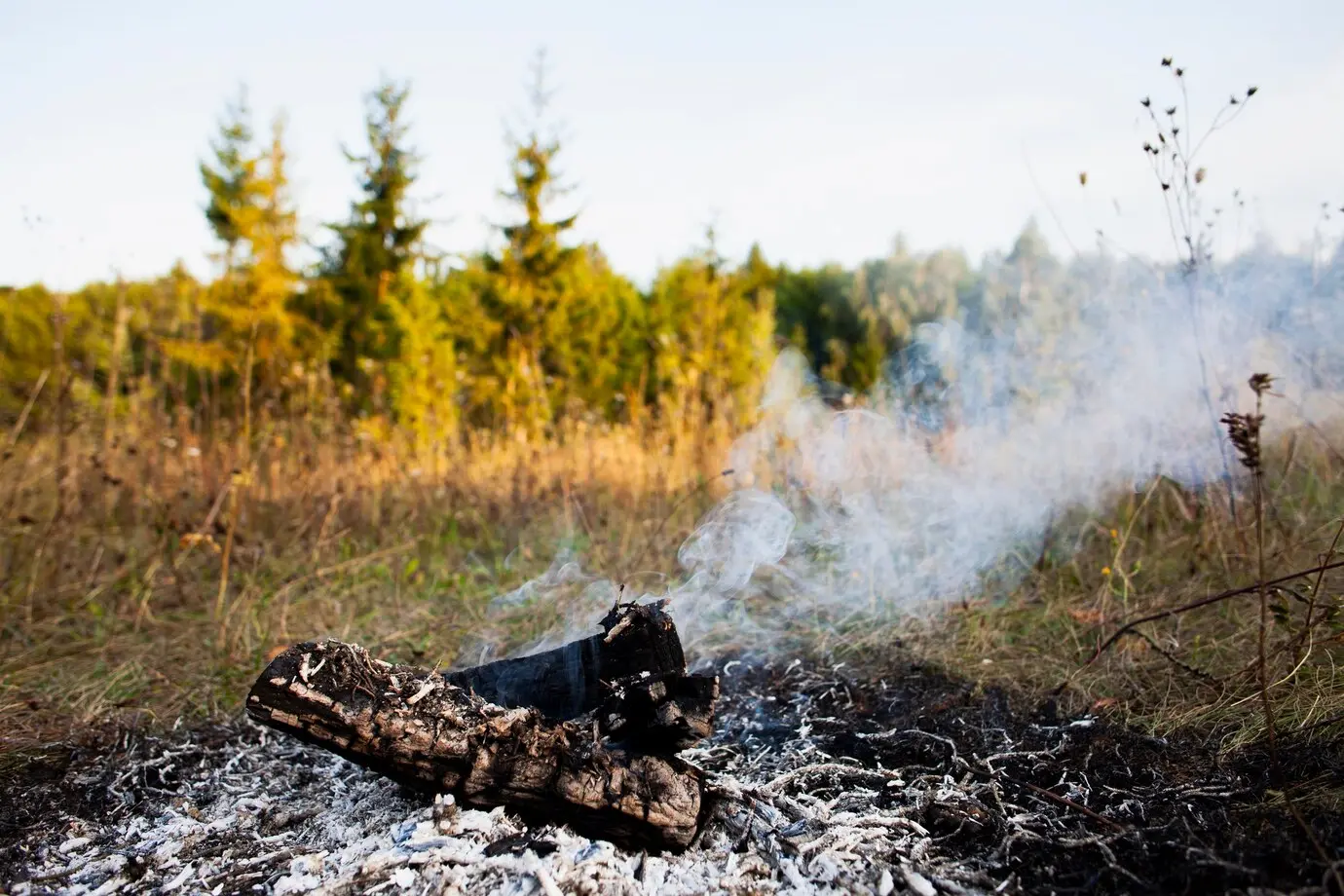
Inverse Condemnation and Wildfires: A Guide for Property Owners
Inverse condemnation is a legal principle that allows property owners to seek compensation from the government for losses caused by public projects or government activities. This doctrine is particularly relevant in wildfire cases, where public utilities are increasingly held responsible for damages due to their role in causing these fires.
Inverse condemnation can be used to hold public entities accountable for their negligence in failing to protect private property from harm caused by wildfires. It comes into play when a government action significantly decreases the value of an individual’s land or property without providing fair compensation, as required by the Fifth Amendment of the United States Constitution.
The first step in filing an inverse condemnation claim is to determine if the government indeed took an action that led to the loss. If so, property owners can seek compensation for the decrease in land value and any costs related to cleanup and repairs following the wildfire. However, compensatory damages may not cover all expenses, and punitive damages might also be necessary, depending on the severity and intention of the actions taken by those responsible for managing the fire.
To successfully file an inverse condemnation claim related to wildfires, it is crucial to gather evidence that shows the connection between government failures and the resulting damages. This evidence may include records of pre-existing conditions before the fire, management plans, and documentation of aerial surveillance efforts in affected areas. It is essential to consult with experienced attorneys specializing in these cases since laws can vary significantly among different jurisdictions within the United States.
Once causation has been established, property owners can pursue both monetary awards and non-monetary remedies, such as court orders that compel the defendants to implement policies and procedures to better protect citizens’ interests in the future. These proceedings typically require considerable time, effort, and resources, but they provide victims with an opportunity to seek justice that might otherwise be unavailable due to the lack of state or federal protection.
In conclusion, inverse condemnation is an effective way to hold negligent parties accountable while also protecting the rights of innocent property owners affected by catastrophic events like wildfires. As there are more frequent natural disasters, understanding the available options for recovering losses will become increasingly important for future generations seeking fair outcomes after disaster strikes.



